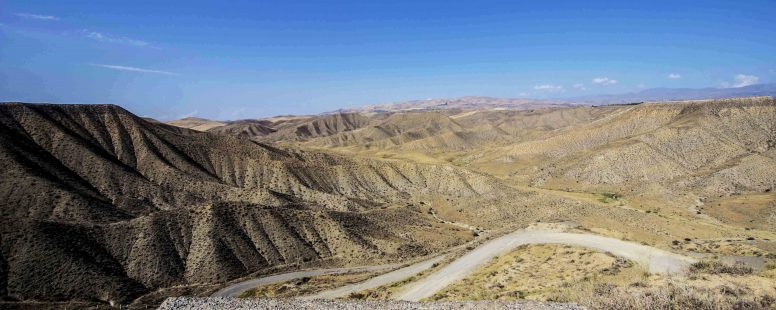Western Armenia, must – see places, part II
The next destination in Armenia, just after the Armenian Stonhenge (which I wrote about in the first part) was Monastyr Tatev. As we’re getting … Continue reading Western Armenia, must – see places, part II
